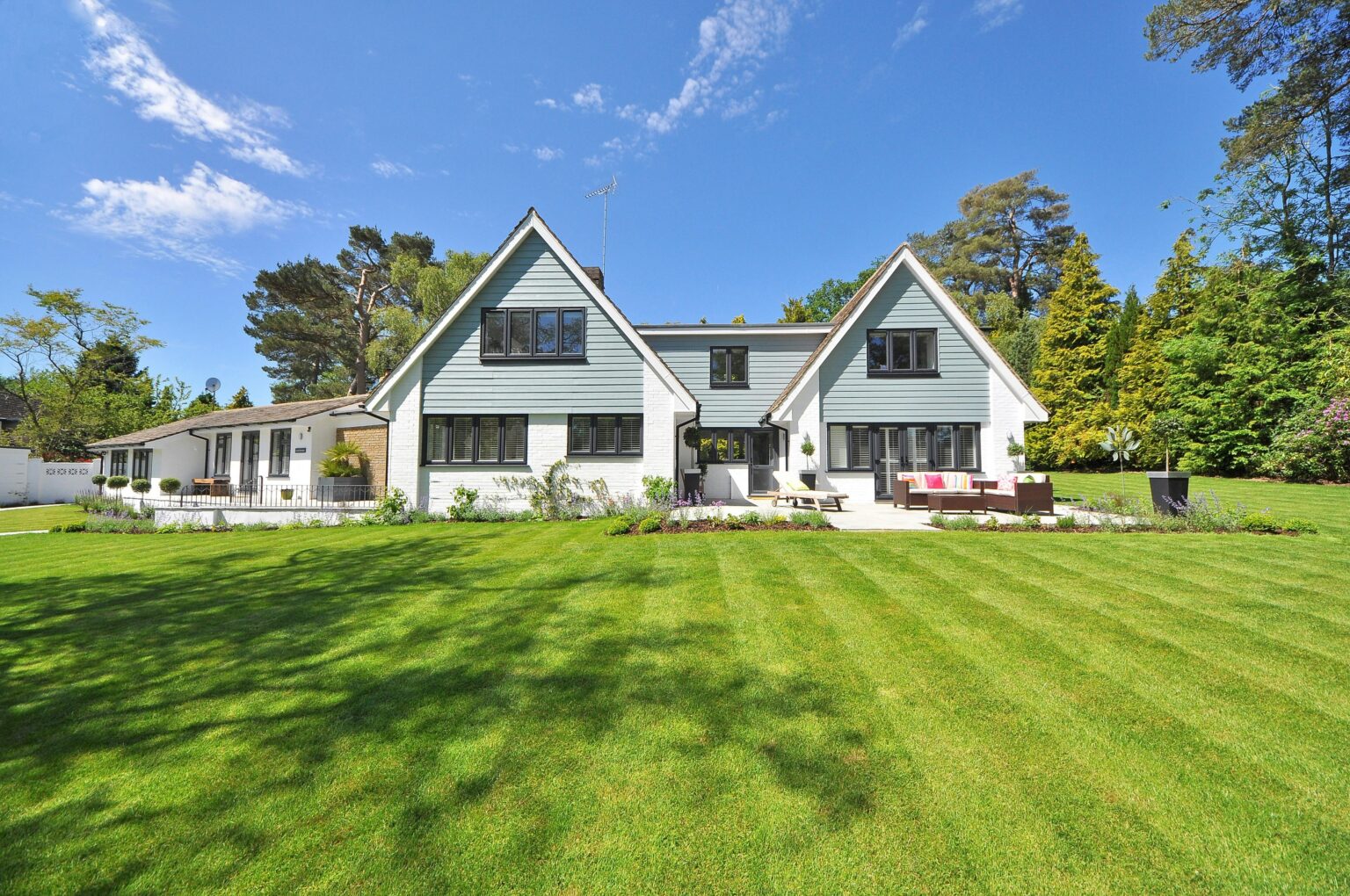As we move into 2025, one of the biggest challenges facing the real estate market is the continued impact of high mortgage rates. After a period of historically low interest rates in the early 2020s, rates began to rise sharply due to inflation concerns and monetary policy adjustments by the Federal Reserve. These elevated borrowing costs have created a ripple effect across the housing market, affecting affordability, buyer demand, home prices, and inventory levels. In this article, we’ll explore how high mortgage rates shape home sales in 2025 and what homebuyers, sellers, and investors can expect moving forward.
Mortgage Rate Trends in 2025
The mortgage rate landscape in 2025 remains a focal point for both homebuyers and industry experts. After reaching multi-decade highs in 2023 and 2024, mortgage rates have continued to hover around 7% to 8% for a 30-year fixed loan. While this is still lower than the extreme highs of the 1980s, it represents a significant increase compared to the ultra-low rates of 2% to 3% seen during the pandemic years.
Several factors have contributed to these sustained high rates:
- Federal Reserve Policy: The Fed has maintained a cautious approach to lowering interest rates due to lingering inflation concerns.
- Economic Conditions: A mixed economic outlook, including strong job growth in some sectors but stagnation in others, has kept financial markets uncertain.
- Global Events: Geopolitical tensions and supply chain disruptions continue to influence inflation and borrowing costs.
With no immediate signs of substantial rate cuts, homebuyers and sellers must adapt to this new normal in the real estate market.
Impact on Homebuyers
Higher mortgage rates have had a direct effect on affordability for potential homebuyers. Monthly mortgage payments have increased significantly, making it more challenging for first-time buyers to enter the market. For example, a $400,000 home purchased at a 3% interest rate would have carried a monthly payment of around $1,700 (excluding taxes and insurance). At a 7.5% rate, that same mortgage now costs over $2,800 per month—a dramatic increase that has forced many buyers to either lower their budget or exit the market altogether.
Key impacts on homebuyers include:
- Reduced Purchasing Power: Higher rates mean buyers qualify for smaller loan amounts, limiting their choices.
- Longer Home Search Periods: Many buyers are taking more time to find homes within their adjusted budgets.
- Increase in Adjustable-Rate Mortgages (ARMs): Some buyers are opting for ARMs instead of fixed-rate mortgages, hoping for future rate declines.
- Rising Demand for Alternative Housing: More people are turning to renting, co-living arrangements, or even multigenerational housing to cope with high borrowing costs.
Impact on Home Sellers
For sellers, the high mortgage rate environment has created a more challenging sales process. Many homeowners who secured historically low rates in previous years are reluctant to sell, as doing so would mean taking on a much higher interest rate for their next home. This phenomenon, known as the “lock-in effect,” has resulted in lower housing inventory.
Consequences for sellers include:
- Fewer Listings: Homeowners are holding onto their properties longer, reducing overall market activity.
- Longer Time on Market: Higher mortgage rates have reduced the pool of qualified buyers, leading to slower home sales.
- Increased Negotiations and Price Adjustments: Sellers are offering more concessions, such as covering closing costs or lowering asking prices, to attract buyers.
Impact on Home Prices
Despite high mortgage rates, home prices have remained relatively stable in many areas, though some markets are experiencing slight declines. The reason for this stability is the ongoing inventory shortage—fewer homes for sale mean that demand is still outpacing supply in certain regions. However, in markets where demand has softened significantly, prices have adjusted downward.
Notable trends in home pricing include:
- Price Corrections in Overheated Markets: Areas that saw extreme appreciation during the pandemic boom, such as parts of the Sun Belt, have experienced moderate price drops.
- Sustained Prices in High-Demand Areas: Major metro areas with strong job markets, like New York and San Francisco, have seen little price movement due to limited inventory.
- Affordability Challenges in Entry-Level Markets: First-time buyers continue to struggle with affordability, keeping demand in lower price ranges particularly tight.
The Role of New Construction
Homebuilders have played a crucial role in shaping the housing market’s response to high mortgage rates. Many builders have shifted strategies by offering incentives such as rate buy-downs, price reductions, and closing cost assistance to entice buyers. However, high construction costs and labor shortages continue to limit the supply of new homes.
Key developments in new construction include:
- Focus on Affordable Housing: More builders are prioritizing smaller, more affordable homes to meet buyer demand.
- Slower Construction Timelines: Supply chain issues and labor shortages continue to delay new housing developments.
- Increased Interest in Build-to-Rent Communities: With fewer buyers qualifying for mortgages, many developers are focusing on rental properties as a profitable alternative.
Future Outlook for Home Sales
Looking ahead, the trajectory of home sales in 2025 will largely depend on economic conditions and potential shifts in mortgage rates. If inflation moderates and the Federal Reserve signals rate cuts, we could see a gradual improvement in affordability, bringing more buyers back into the market. However, if rates remain high or increase further, home sales may continue to stagnate.
Potential scenarios include:
- Gradual Market Recovery: If rates decrease slightly, home sales may pick up in the latter half of 2025.
- Continued Sluggish Sales: If rates remain above 7%, homebuyers may continue to wait on the sidelines, keeping transactions low.
- Expansion of Buyer Assistance Programs: More government and private-sector programs could emerge to help buyers navigate affordability challenges.
High mortgage rates have undeniably reshaped the housing market in 2025, making homeownership more expensive and slowing down overall sales activity. While demand remains strong, affordability challenges have forced buyers to adjust their expectations and strategies. Sellers are adapting to a slower market, and homebuilders are finding new ways to attract buyers despite economic uncertainty. The coming months will be critical in determining whether rates stabilize or decrease, shaping the next phase of the real estate market.

For prospective buyers and sellers, staying informed and working with experienced real estate professionals will be key to navigating this evolving landscape. Despite the challenges, opportunities still exist for those who are prepared to adapt and make strategic decisions in a high-rate environment.






